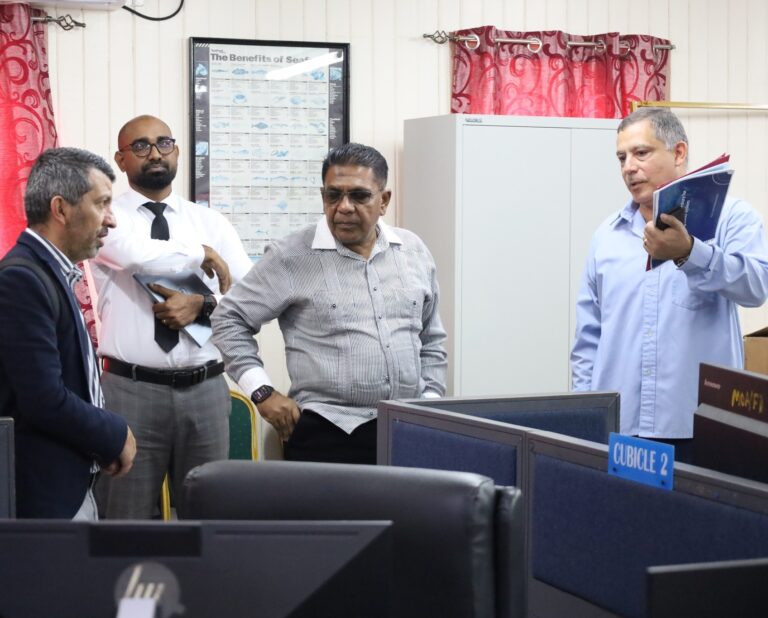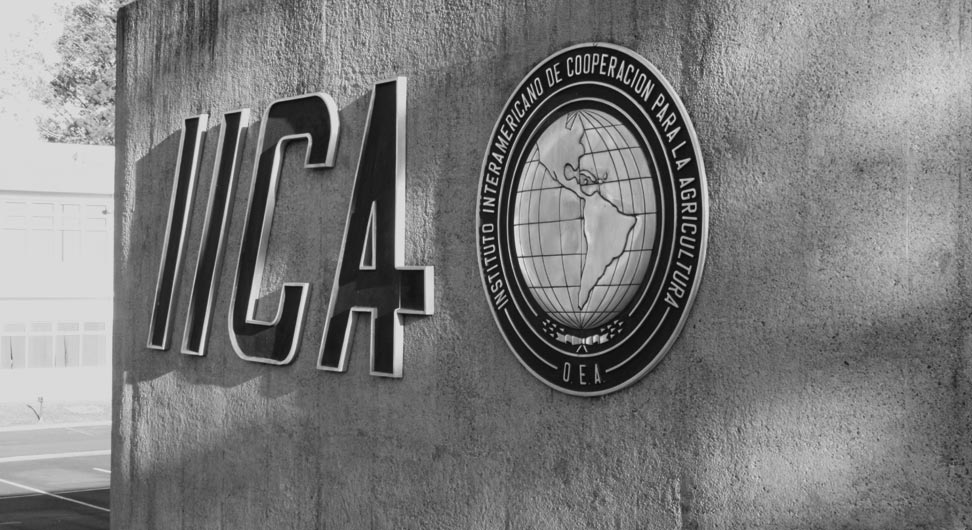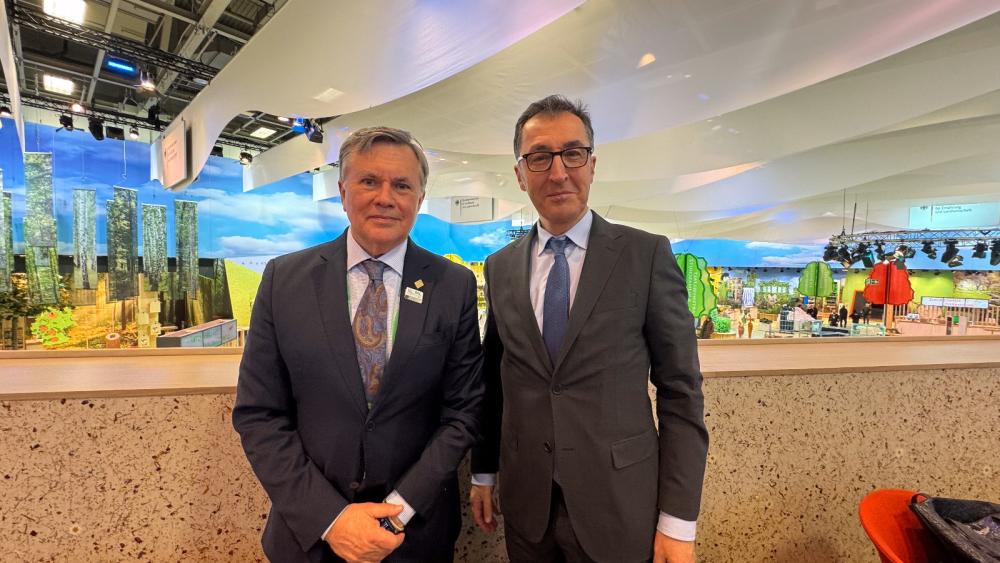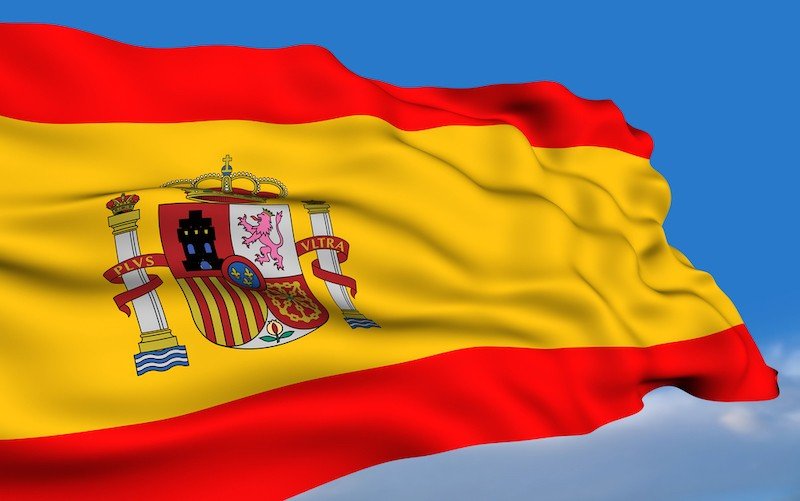Drawing on the agricultural outlook documents produced jointly by IICA, FAO and ECLAC main conclusions were shared.
IICA’s flagship project on family farming (FF) organized and held a technical forum during the first week of June 2016 entitled, “Family farming in the public policies of MERCOSUR countries: progress made in positioning the issue on public agendas over the past 10 years.” As part of the event, IICA’s Center for Strategic Analysis for Agriculture (CAESPA) Specialist Hugo Chavarría gave a presentation on the situation and outlook for family farming in Latin America and the Caribbean (LAC).
Drawing on the agricultural outlook documents produced jointly by IICA, the Food and Agriculture Organization (FAO) and Economic Commission for Latin America and the Caribbean (ECLAC), Chavarría first described the overall context of agriculture in the Americas, before presenting a characterization of family farming systems in LAC, and explaining the constraints faced by the subsector and its socio-economic potential. The main conclusions were as follows:
The context of agriculture in the Americas: over the past two years, agriculture has had to contend with challenging macroeconomic conditions marked by lackluster growth and weakening external demand. In LAC, the scenarios for cereals and oilseeds are very favorable, while climatic conditions and diseases are affecting tropical crops. The livestock subsector continues to grow as countries endeavor to increase sustainable production and intensify disease eradication efforts.
The characterization of family farming in LAC: this subsector is very important in all the countries of the region in both economic and social terms. In addition to accounting for more than half of all production units, the subsector makes a key contribution to total production and the generation of employment (especially in the Central American region, where the figures are 45% and 60%, respectively).
It should be noted that family farming is not homogeneous. There are major differences among the countries in terms of personal consumption, production geared to the market, and the generation of surpluses that are invested on the farm. Based on these variables, family agriculture can be divided up into subsistence smallholders (60%), small farmers in transition (28%) and consolidated family farms (12%).
The constraints faced by family farms in LAC: although the constraints vary depending on the type of family farming involved, it is generally acknowledged that the socio-economic conditions faced by family farmers in LAC are more challenging than those in the rest of the sector. Farmers have difficulty meeting the requirements that would enable them to gain access to markets (standards, volumes, logistics, conditions of payment, etc.); work land with poorer agro-ecological conditions and subject to greater climatic vulnerability; and have less access to goods and the factors of production. The situation is exacerbated by limited public investment in rural areas where family farming is the predominant system, which impacts infrastructure, support services, technical assistance, etc.

More information about the Technical Forum is available at http://bit.ly/29tZLvf
*This post appears in the IICA Delegation in the USA Newsletter – May- June 2016













